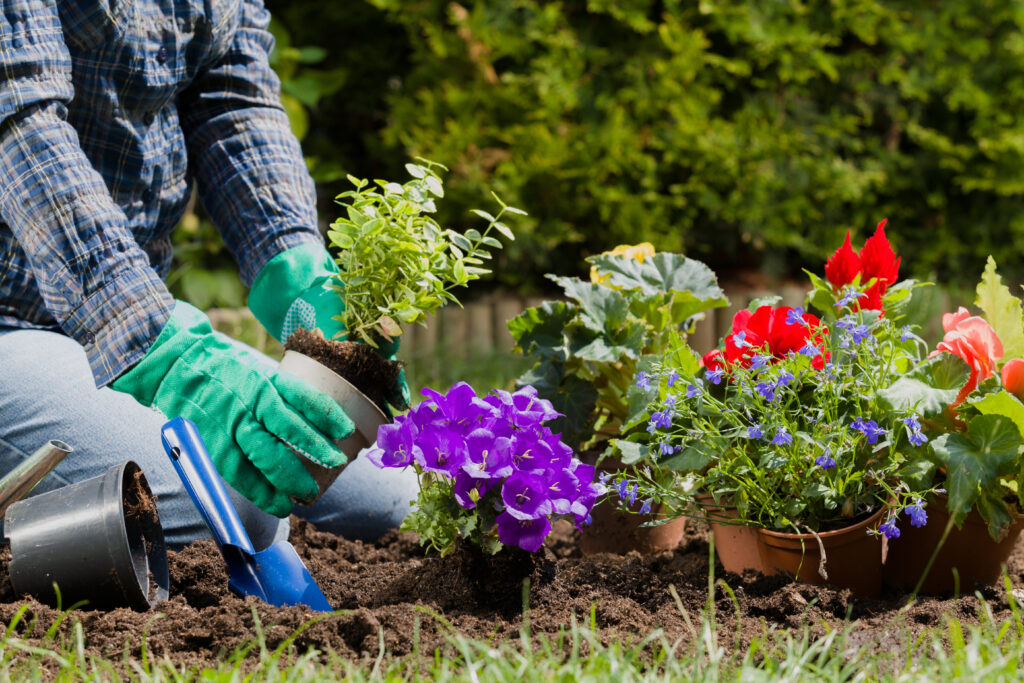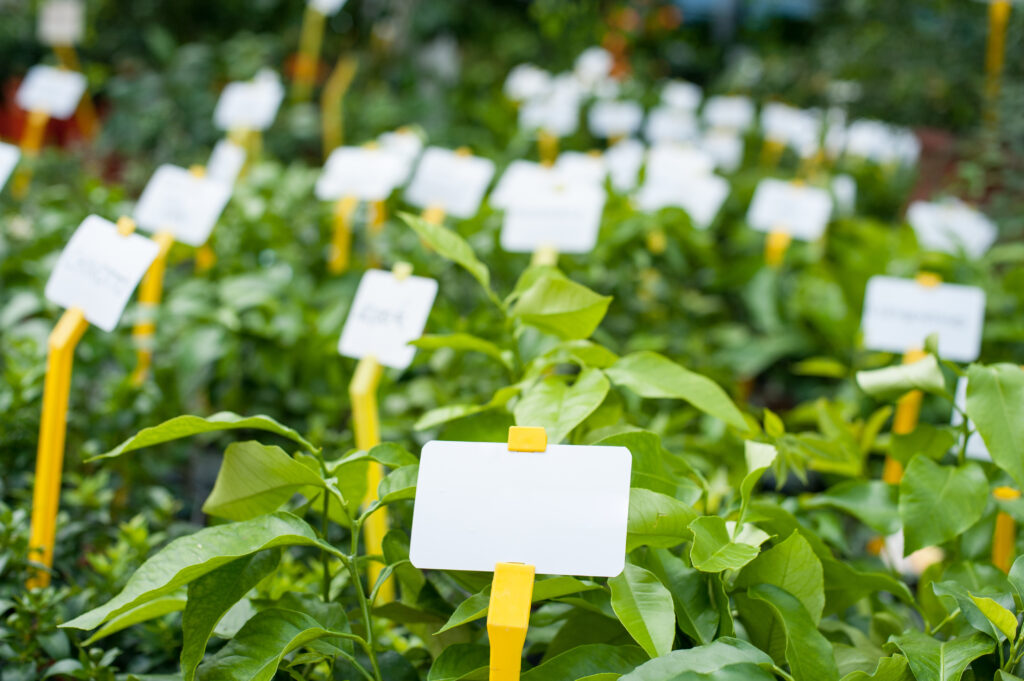Gardens can be pretty tough to maintain and involve a little more than just digging in the dirt and watering your plants. A lot of people forget that a big part of gardens, indoors and out, is the aesthetic look that it can bring to any space. Plant labels and tags might seem like small and often overlooked elements, but they’re significance should not be underestimated. These tags can truly enhance the overall look of your green paradise and help you learn more about what you’re planting in the ground.

The Role of Plant Labels and Tags
Plant labels and tags serve as any garden’s identification system. Aside from obviously telling you what a plant is, they offer a wealth of information that contributes to its well-being. These markers go beyond classification; they are your guardian’s personal record keepers, helping you track plant growth, monitor care routines, and create a story about each plant’s Journey.
Picture this: you’re sitting in your backyard garden with an array of colorful blooms in lush foliage, and you have no clue what plants you have. Without proper labeling, identifying any plant in your garden can become a challenging task. Not many people realize that labels provide clarity and prevent confusion, ensuring that you and your guests can enjoy the garden’s wonder without any guesswork.
Organized Garden Layout
A well organized and structured Garden not only looks more appealing but also functions more efficiently. Plant labeling can assist you when arranging your garden layout and help you better organize where things might go. When you group plants that are similar, you can ensure they receive proper care and thrive in their chosen spots. These labels also help guide your decisions from a design standpoint, allowing your creative juices to flow seamlessly.
Beyond their practical benefits, many people don’t realize plant labels and tags can also add a touch of artistry to any garden. Choosing labels that complement your garden’sgarden style can elevate its aesthetics. from elegant metal markers the Charming wooden stakes, the right labels can become part of your Gardens design and enhance its beauty. imagine a Cottage Garden adorned with whimsical labels, or a modern garden with sleek markers That seamlessly blended. these labels help contribute to the overall ambience turn your garden into a work of art.
How You Can Keep Your Indoor Plants Alive
Everyone knows plants are extremely fragile and require an immense amount of care, especially when you have indoor plants. Keeping your indoor plants alive requires knowing when to water your plant, giving it the proper plant food, making sure the room temperature is right, and even proper home insulation can have an effect. Our close friend Phillip Ellins, owner ennies plumbing says having the right plumbing and connections set up for your plants can certainly impact their lifespan. Its important to make sure the pipes are all connected correctly to make sure water flows effectively to each plant. Plants need the proper temperature to thrive in, and during the winter months if a house gets too cold, plants can easily die. Its important to regulate and monitor your home’s temperature to keep your plants alive.
Types of Plant Labels and Tags
Plant labels and tags come in many varieties and are made with all types of materials, each catering to different types of needs. Plastic labels are pretty versatile and customizable, while many metal markers offer durability that the plastic ones do not. Wooden stakes often have a nice rustic charm and is ideal for Gardens with a more naturalistic feel. For those who embrace the text side of things, you might be into smart plant tags help monitor your garden with precision from sensors.

Best Practices for Plant Labels
Even though using our plant tags is extremely beneficial to your garden, doing it right is essential to maximizing their effectiveness! Here are some best practices to Consider.
1. Placement Matters: Try to place your tags where they can be easily seen. When it comes to potted plants, make sure to position these tags or labels near the rim of the pot as well, and for outside gardens, be sure to place them in front of each plant so you know which plant you are looking at.
2. Make Sure it’s Legible: When writing on tags, you want to make sure that your writing is legible so you know what you are looking at. Make sure to have a pen or marker when writing down so that when it rains, the marks do not disappear from the tags. You want to make sure the tags remain in tact.
3. Replacing Broken Tags: After many years of use, you’ll notice that your tags might need replacing. Be sure to replace them after you notice them wearing down or if any big signs of deterioration occur. Tags can become faded over years of use, so it’s important to replace them when you notice these sorts of signs.
Conclusion
Gardening indoors and outdoors is an extremely beautiful thing, that allows people to get creative and show their style. It’s important to label your plants, this allows gardeners to easily identify each type of plant from the rest. Tags can also beautify and truly enhance anyone’s setup! When you understand the importance of tags, you’ll not only be nurturing plants, but also helping make your ecosystem beautiful!